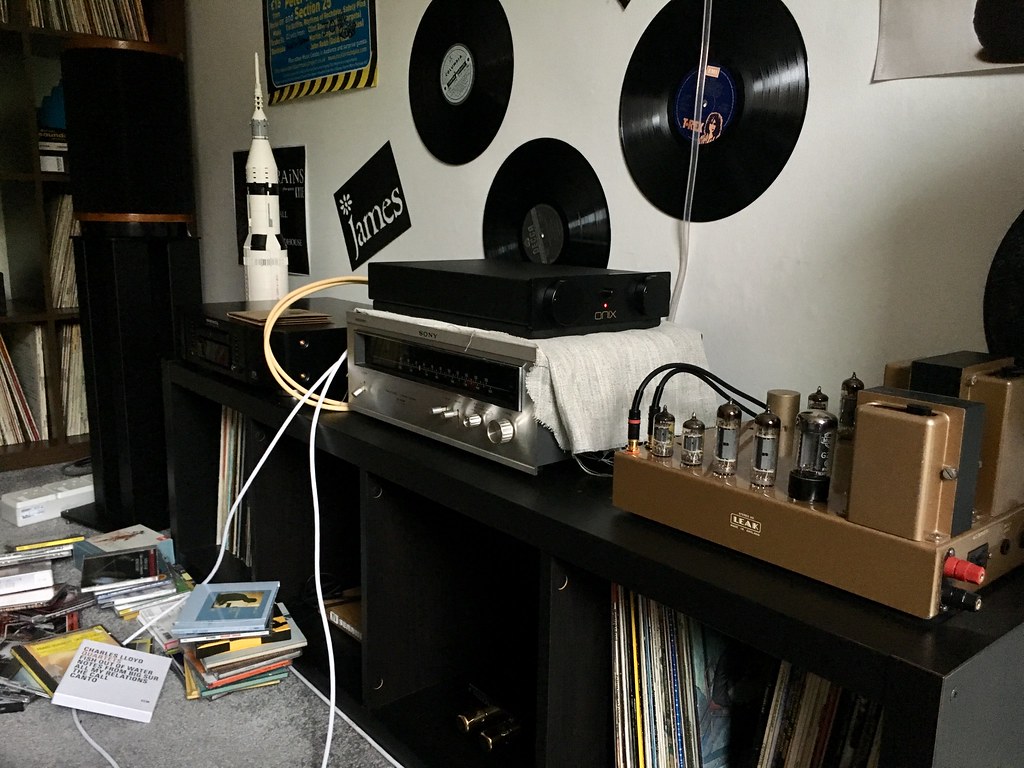Tony L
Administrator

I’ve just landed an Onix OA21S as it was in lovely condition and at what I felt was a good price. It has to be one of the last ones made having a gold logo and the speaker terminals found on the Onix pre/powers that came out in 1990. I had one of the very first OA21s (not ‘S’) back in the day and loved it, a wonderful product that punched well above its price class. This one looks totally stock and unrestored, I’ve done nothing more than clean it up, reset the bias and check the DC offset (no issues to be seen inside). It sounds just how I remember my old Onix; crisp, tight, punchy, open, refined and far better than it should be for the price!
It is an interesting contrast to the Leak/Audio Synthesis Passion, and in many respects exactly what one would expect between valves and solid state. The Onix is brighter, drier, flatter, more forward and upbeat, the Leak liquid, textural with just beautiful instrumental timbre and three-dimensional space yet no great sacrifice in energy or momentum (it is a surprisingly funky thing). There is less between them than I expected it has to be said, the Onix once again punches well out of its price class. It has been very interesting as I’m comparing a ten watt tube amp against a punchy 40 Watt solid state amp and the Leak doesn’t sound wanting, so I assume I’m not pushing it beyond its envelope. I’m sure I could push the Onix a lot further though. I level matched as best I could with my iPhone sound meter so I’m well within my normal listening level (76-78db average, 91db peaks on good dynamic jazz cuts).

